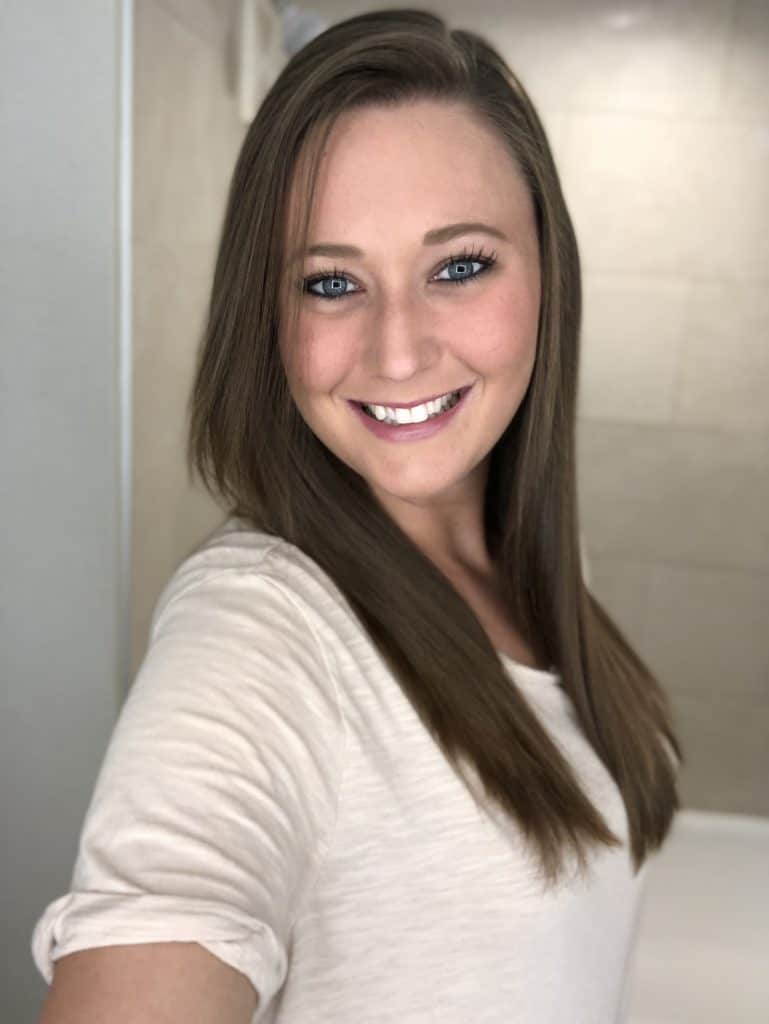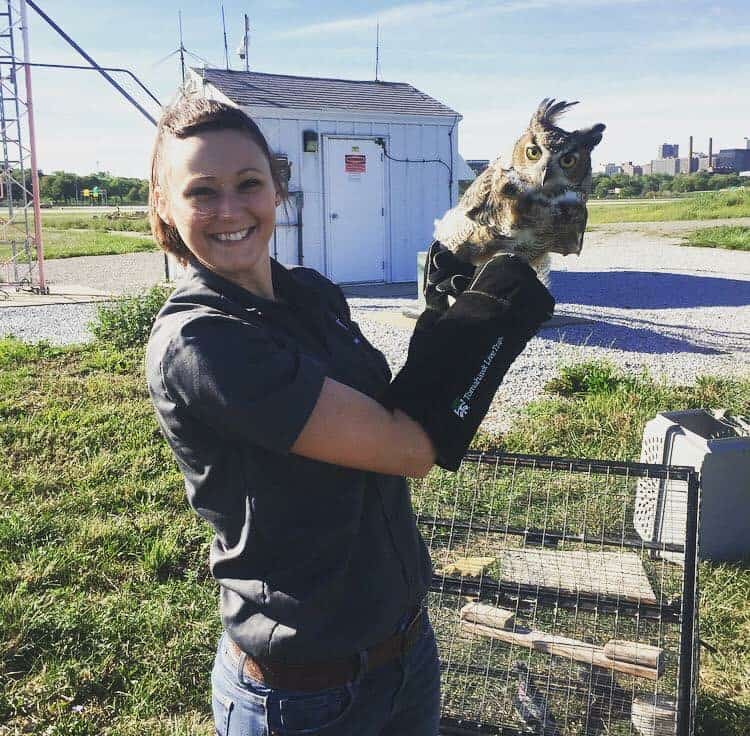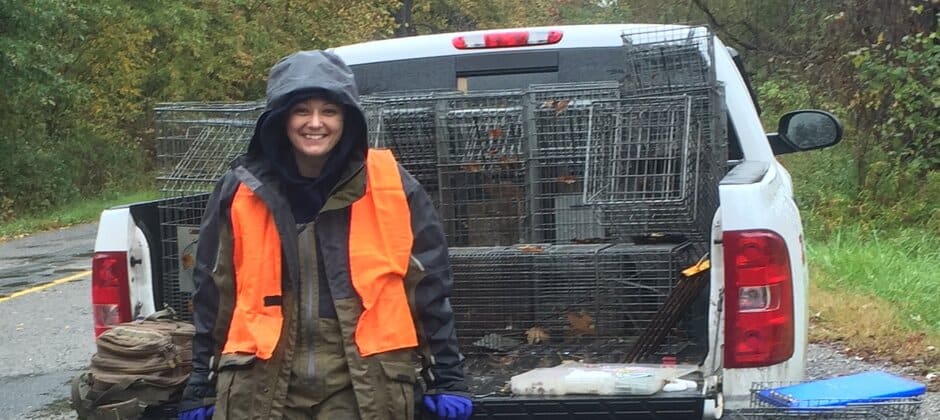Share this article
Wildlife Vocalizations: Olivia Bennett
Wildlife Vocalizations is a collection of short personal perspectives from people in the field of wildlife sciences.
While attending a conference on wildlife damage, I was speaking with several colleagues from another state about my job as a wildlife technician. I was explaining that I was part of an all-male team working to eradicate feral swine. I was listing off my basic work duties, such as building coral traps, placing bait, responding to trap catches, collecting biological samples, etc. Midway through, I was interrupted with, “you can do that?!” I looked around to see their surprised expressions. I was equally taken back, but for a different reason.
Why is it such an astounding thought that a woman could do that type of work?

Olivia Bennett headshot. Credit: Olivia Bennett
Leading from my encounter, I would love to see a change, or shift, in the years ahead of distancing ourselves from the idea that women in the wildlife profession cannot do the same style of work that our male colleagues do. There have been times that I have been challenged in my position, for example, not being able to lift a full barrel of shelled corn. However, challenges can foster adaptability. It might take an extra couple of minutes, as I break the barrel of bait down into buckets to carry instead, but the job will get done. Through conversations with other women in the wildlife field and experiences that I’ve had personally throughout my career, the ideology that women might not be capable of success in a certain wildlife position because of the work load requirements seems to happen far more frequently than it should. As women, we are applying or working towards a specific job because that’s where our passion lies. That is what should count most when considering employees, not gender, but rather do they have the knowledge, attitude, and work ethic to be successful. Some positions in the wildlife field are physically demanding, and sometimes better suited for a stronger build. Instead of letting that aspect dictate whether a person is considered for a position, start with thinking about what tools and processes could be used or changed to let any person, regardless of statue, be able to do that job.
Charles F. Kettering once said: “People are very open-minded about new things, as long as they’re exactly like the old ones.” This mindset needs to change and my hope is with this ideological shift, it will open the door for a more diverse workforce in the wildlife field. This needs to happen. My colleagues should not have been so surprised to hear that a woman was doing the same thing they do as part of her normal wildlife career duties. Maybe it will take 5 years, 10 years, or even longer, but the change will continue to advance our efforts in working with wildlife. We are all extremely passionate about what we do for a living. That needs to be at the forefront of every employee. Individuals in this field need to be seen for their potential of what they can do, rather than what they cannot do.

A great horned owl captured in a Swedish goshawk trap at Burke Lakefront Airport, Cleveland, OH as part of a raptor relocation project. Credit: Jeff Raines
Learn more about Wildlife Vocalizations, and read other contributions.
Submit your story for Wildlife Vocalizations or share the submission form with your peers and colleagues to encourage them to share their story.
For questions, please contact Jamila Blake.
Header Image: A cold, rainy day of field work in northeast Ohio while trapping raccoons to collect biological samples to evaluate the effectiveness of an oral rabies vaccine bait. Credit: Jeff Raines








